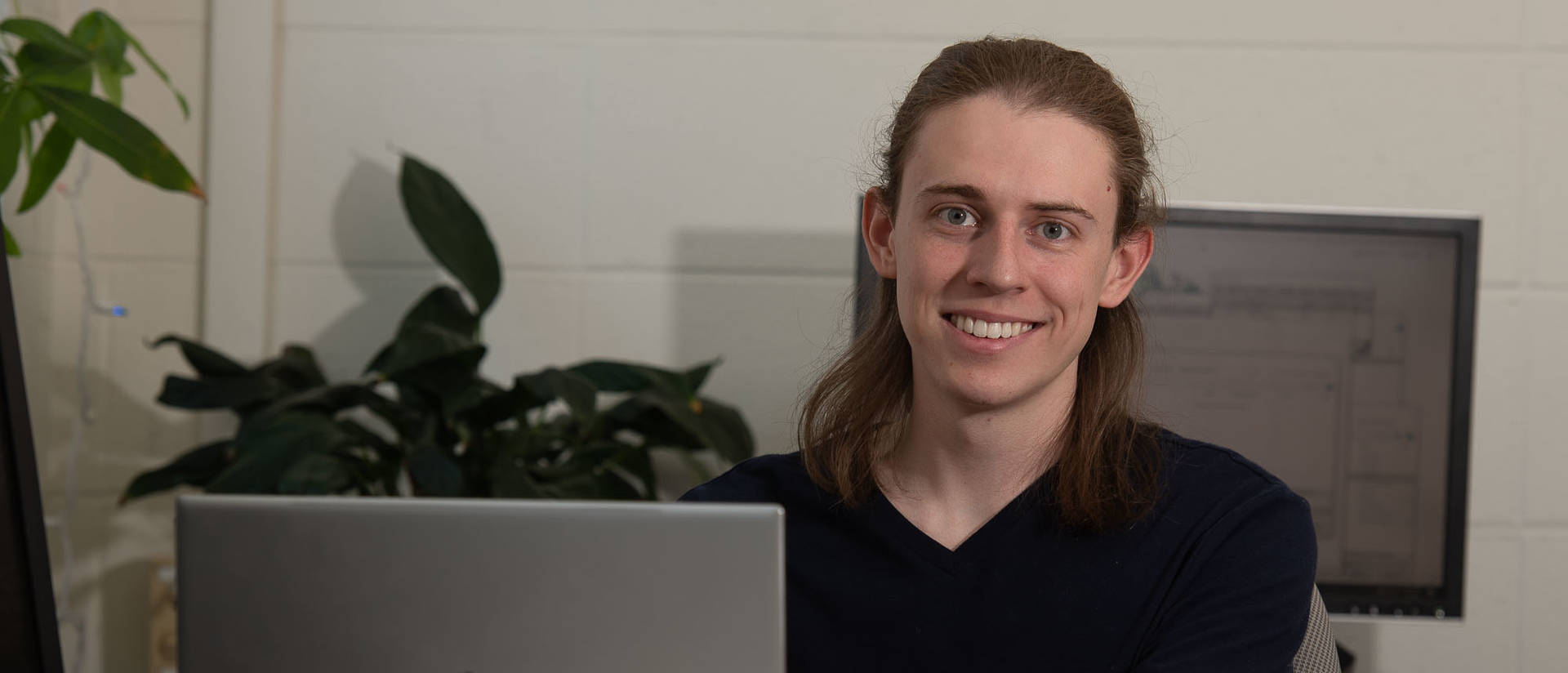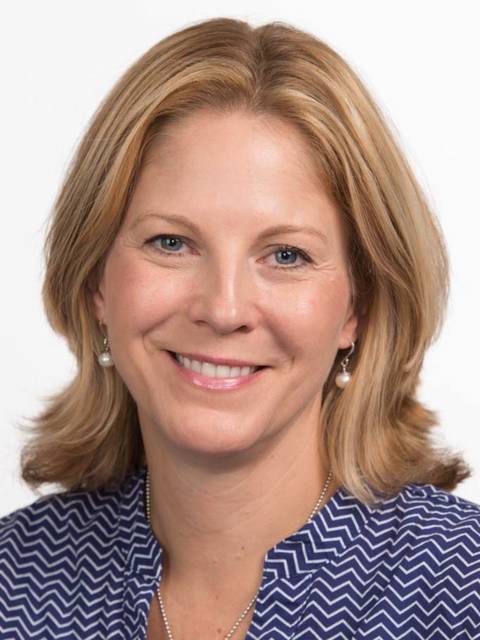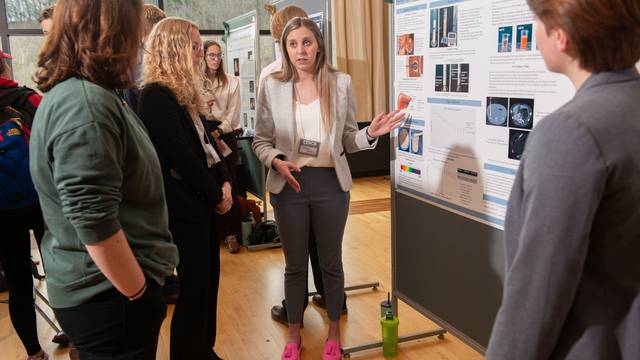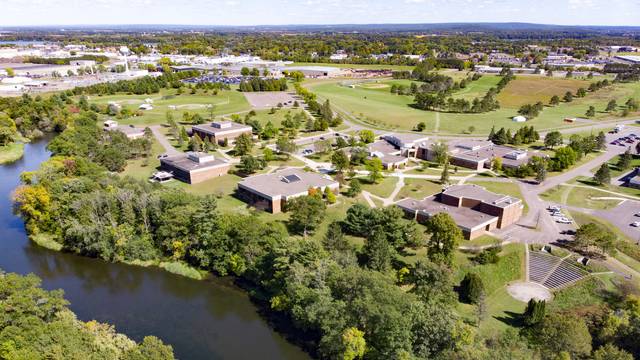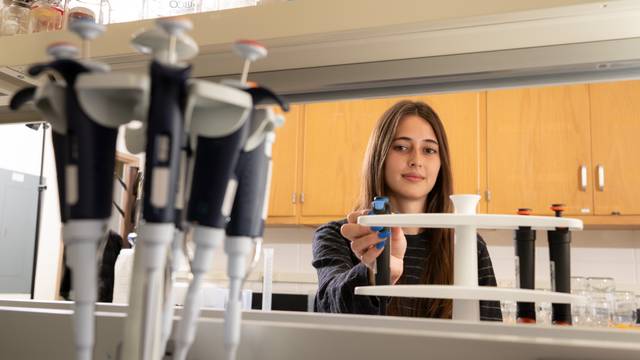Photo caption: Senior Carl Fossum will graduate in May 2022 and is beginning his process of finding graduate programs where he will pursue a Ph.D. in computational chemistry. In addition to a career in research, Fossum hopes to teach at the college level. (Photo by Bill Hoepner)
University of Wisconsin-Eau Claire senior Carl Fossum wants to be a university instructor one day to use his knowledge and teaching skills to explain computational chemistry to his students.
Fossum’s abilities were acknowledged this month when the UW System announced that the chemistry and physics major was named the WiSys Quick Pitch state champion for 2021.
WiSys is a nonprofit organization that works with faculty, staff, students and alumni of the UW System to facilitate cutting-edge scientific research programs, develop and commercialize discoveries and foster a spirit of innovative and entrepreneurial thinking across the state.
The annual Quick Pitch event is a statewide competition that inspires UW System students to consider the overall impact of their student-faculty research. Participants have three minutes to impress a panel of judges with their findings and their ability to articulate the larger importance to society.
Fossum, whose presentation was titled “Understanding the Severity of COVID-19: A Point of View Through the Lens of a Computational Chemist,” earned a $700 first-place prize and high praise from WiSys leadership.
“Carl’s ability to communicate his research was impressive,” said WiSys President Arjun Sanga in the June 2 release. “Students like Carl conduct high-level research throughout the UW System, but it is not enough to just do the research — they must be able to explain the ‘why.’ Research communication is critically important, and we congratulate Carl for being an example to his fellow undergraduate researchers.”
The story behind the pitch
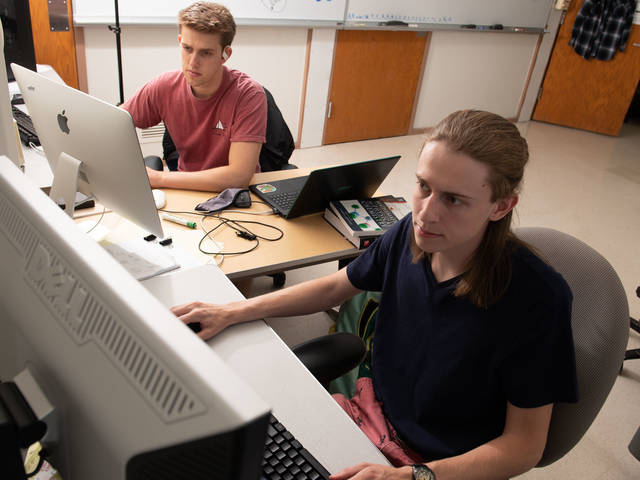
Carl Fossum (right) presented in the WiSys Quick Pitch competition, but the research team included up to nine other students at points in the project. Alex Narkiewicz-Jodko (left) played a key role in the study and publication. (Photo by Bill Hoepner)
Fossum, who grew up in Eau Claire, has been working on a study through the chemistry department at UW-Eau Claire since early in the COVID-19 pandemic. The project, based in the computational chemistry lab of Dr. Sudeep Bhattacharyay, UW-Eau Claire associate professor of chemistry and biochemistry, has been examining the impact of what is known as oxidative stress on the ability of human cells to combat or potentially prevent infection by the COVID-19 virus.
As Fossum explained in his WiSys Pitch presentation, as people age, various stress factors increase the body’s amount of oxidative stress at the cellular level, which decreases the ability to fight off disease — all disease, including COVID-19.
“Specifically, in COVID-19, what we are talking about with oxidative stress is the degree to which it limits the body’s ability to encounter the virus cell and essentially ‘chop off’ a section of it, not allowing it to bind to our cells and cause infection. That’s the normal immune response, but high oxidative stress limits this function,” Fossum says.
The research team has submitted its study for publication in peer-reviewed scientific journals, a major accomplishment for undergraduate students. However, Bhattacharyay and Fossum saw the Quick Pitch event as an opportunity to communicate their research to a larger community, in a format more accessible than scholarly publications.
“We know that this information is relevant to everyone during this pandemic and we wanted to find a way to communicate it to a broad audience in a way that was more understandable to everyone,” Fossum says. “Academic writing is not accessible to everyone, but getting the word out about oxidative stress and the ways to reduce it is important.”
So how do we reduce oxidative stress? According to the research, Fossum says, “It’s all the things your mother has told you to do — drink a lot of water, eat your yogurt, exercise, get lots of sleep — those are all habits that will help.”
Fossum was a natural choice to represent the team in the WiSys competition for several reasons, Bhattacharyay says. Fossum has a strong understanding of the material and experience introducing other student researchers to the basics of computational chemistry studies, the use of computer-generated models to simulate chemical reactions.
“Carl is a gifted student; his core research goal is to use tools of physical and computational chemistry to study complex chemical events,” Bhattacharyay says. “He was chosen to present as he was quite excited about the project, which uses computational chemistry to shed light on a problem related to worldwide human health. He has played a leading role on the project and coordinated the efforts of other students since spring of 2020.”
Next steps
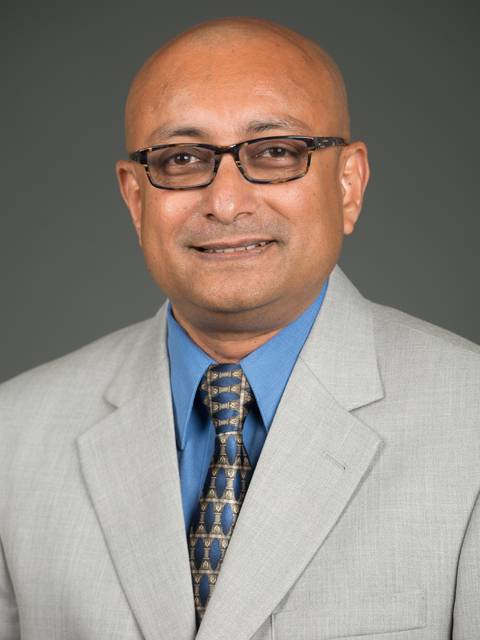
Dr. Sudeep Bhattacharyay
The Bhattacharyay lab research team is wrapping up the COVID-19 study and expects to have multiple publications related to their findings by the time members graduate. For Fossum, that will be May 2022. As he prepares to complete his undergraduate degree, he is already making plans to pursue a Ph.D. in computational chemistry, and hopefully teach at the college level. After spending the past year as a tutor through the chemistry department, he is confident that teaching is a career path that will be an excellent fit.
“I’d like to think I’ve done a good job considering all the ways to move forward in this field, and the academic lane definitely best suits me,” Fossum says of his interests and his proven ability to explain computational chemistry to both his peers and the general public.
“This area of chemistry will become more prevalent in the future,” he says of the growing role technology plays in scientific discovery.
Fossum found the blend of physical chemistry, computer skills and theoretical experimentation to be a combination that he wants to build on in his future.
“Being able to conduct experiments virtually, as a baseline for subsequent lab research, can save months or even years of time in the pursuit of an answer,” he says of the process that has brought about things like the COVID-19 vaccines in such rapid timelines.
“It’s pretty exciting — if you’re a computational chemist and you see an experimental result match your theoretical result, that’s golden.”
That successful match is what has played out with research into COVID-19, some of which has cited the UW-Eau Claire oxidative stress findings in their publications, like this 2021 article published in the journal of the Federation of American Societies of Experimental Biology.
Bhattacharyay sees tremendous new opportunities opening in the field for students with diverse skills and interests in the STEM fields.
“For students like Carl, who has a double major in physics and chemistry, computational chemistry offers an essential dimension, where one can delve into physics and apply the knowledge to the core elements of chemistry,” Bhattacharyay says. “Advanced computing has reshaped the face of theoretical chemistry research impacting the world of both small and large molecules.”
Watch the Quick Pitch presentation
As the entire globe tries to get a better understanding of COVID-19 and how to adapt to a virus that isn’t disappearing anytime soon, watching Fossum’s Quick Pitch presentation is an excellent way to learn more. Follow the link below to the recorded presentation to hear a year’s worth of detailed research summed up in a few vital recommendations for the public during the ongoing pandemic.
The winning Blugold is the first pitch in the series, appearing at the 8-minute mark in the video.
